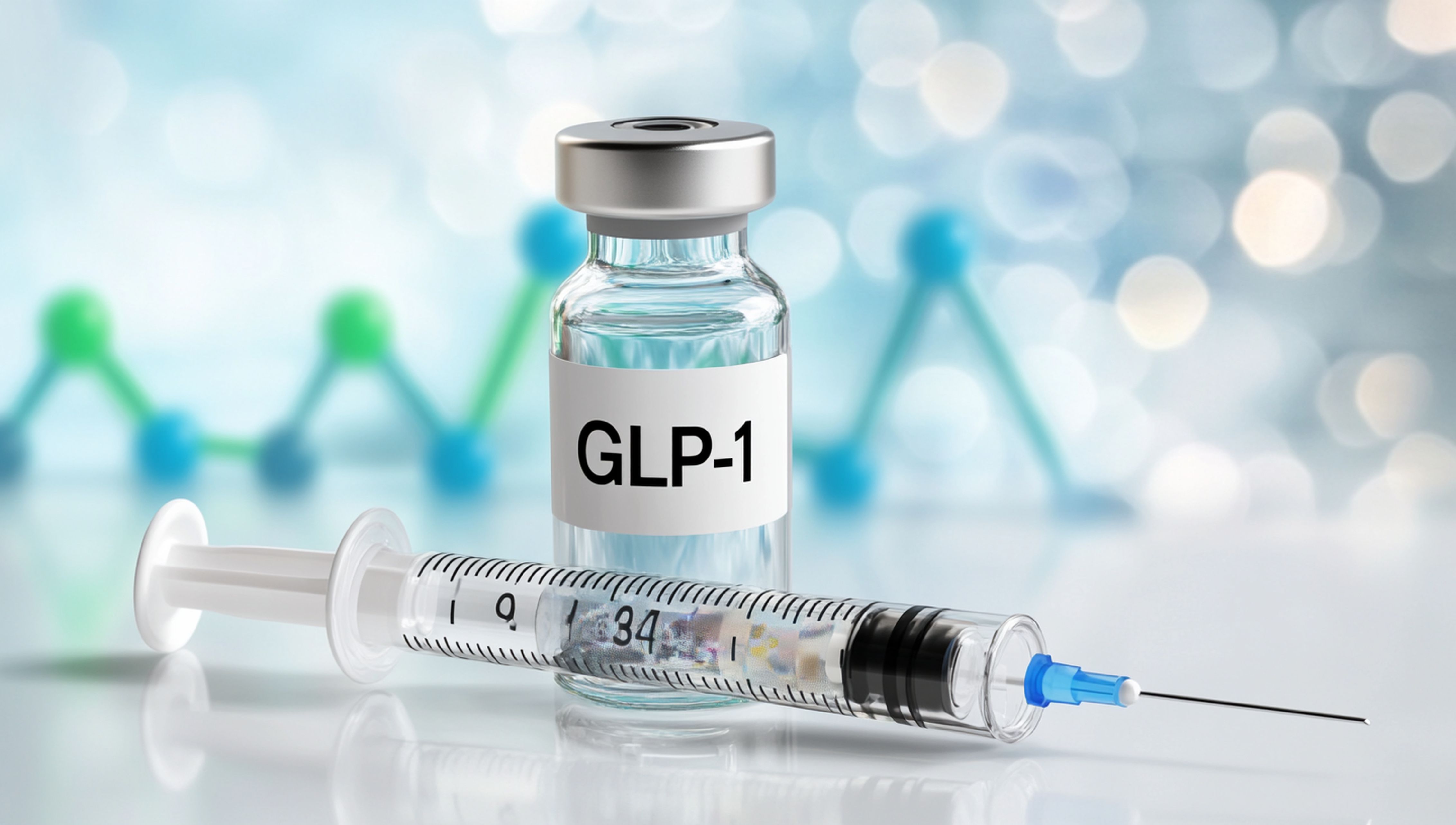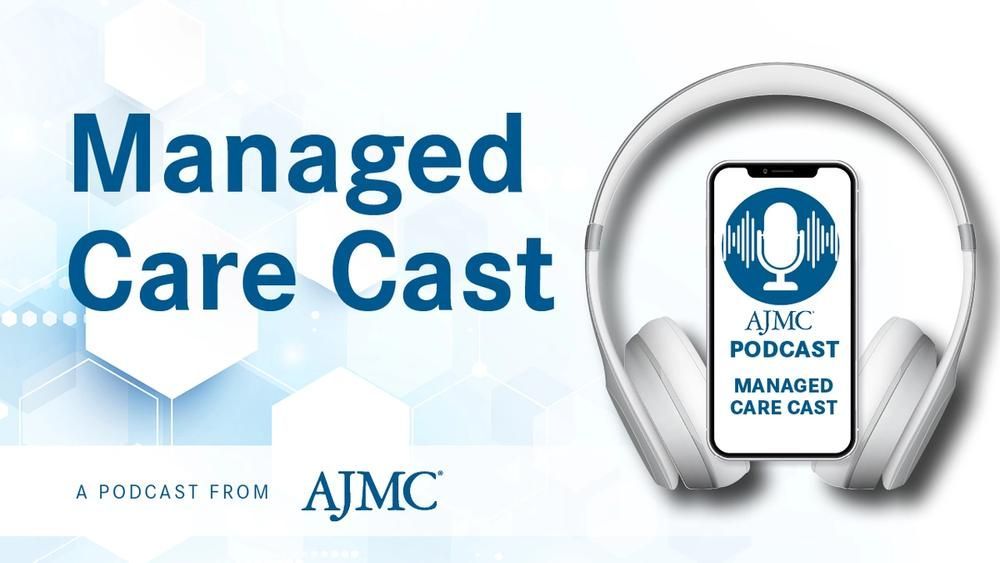News
Article
GLP-1 RAs May Offer Broad Hepatic Benefits in MASH
Author(s):
Key Takeaways
- GLP-1 RAs can reduce liver fat, fibrosis progression, and resolve MASH, offering potential benefits for liver health.
- MASH significantly increases healthcare costs due to comorbidities like hypertension and cardiovascular disease.
Weight loss is a key effect of glucagon-like peptide-1 receptor agonists (GLP-1 RAs), but these drugs may also provide liver health benefits independent of this mechanism.
The use of glucagon-like peptide-1 (GLP-1) receptor agonists (GLP-1 RAs) may benefit liver health by reducing liver fat, hindering fibrosis progression, and even resolving metabolic dysfunction–associated steatohepatitis (MASH), according to a review of the evidence. This narrative literature review, published in Expert Opinion on Investigational Drugs, sought to elaborate on the pleiotropic impact of GLP-1 RAs and their influences in the treatment of metabolic dysfunction–associated steatotic liver disease (MASLD)/MASH.1
GLP-1s benefit patients with numerous conditions, including diabetes, cardiovascular disease, obsesity, and more | mingnimit - stock.adobe.com

There is a great deal of financial burden associated with MASH, which is exacerbated by the presence of comorbidities that are often associated with MASH, such as hypertension, cardiovascular (CV) disease, obesity, and more. According to US claims data, patients with MASH are not only more likely to have higher medical costs—over 7 times more in liver-associated costs (95% CI, 4.91-10.61; P < .0001)—but they also exhibit higher rates of CV-related (95% CI, 1.03-1.24; P = .008) and all-cause (95% CI, 1.15-1.30; P < .0001) hospitalization.2
In light of these data, the present authors noted that “lifestyle modification and weight reduction remain the cornerstone of current treatment recommendations for individuals with MASLD/MASH,” stressing that there is only 1 FDA-approved treatment for this population available in the US.1 These figures highlight the need for a broader range of treatment options for MASH, not only to address cost concerns but also to improve patient well-being.
Furthermore, the authors pointed to the central role of gastroenterologists when it comes to identifying MASH, its stage, and appropriate treatment approaches. However, there is not a lot of scientific research geared toward gastroenterologists that is concerned with MASH management. Given current recommendations for GLP-1 RAs for managing comorbid MASH and obesity, the researchers further investigated the pharmacological and pleiotropic influence of these medications in MASH treatment.
Throughout multiple studies, GLP-1 RAs have shown the capacity to mitigate hepatic steatosis, fibrosis, and inflammation. A study that utilized MRI proton density fat fraction found that semaglutide (Ozempic; Wegovy) contributed to significantly reduced hepatic fat (P < .001) and liver steatosis (P < .0001) vs placebo.3 Another phase 2 study found a link between semaglutide and MASH resolution without fibrosis progression (P < .001) vs placebo, as well as lower levels of inflammatory biomarkers.4 The authors went on to mention other studies evaluating dulaglutide (Trulicity), and liraglutide (Victoza), which attributed GLP-1 RAs to greatly reduced levels of liver enzymes and liver fat.
Additionally, the use of semaglutide and liraglutide as weight-lowering therapeutics helped patients achieve better physical functioning, according to self-reports.5
GLP-1 RAs were generally regarded as safe and tolerable, with the most frequent adverse events (AEs) being constipation, abdominal pain, diarrhea, vomiting, and nausea, most of which occurred when doses were increased. The authors noted that gastrointestinal AEs were likely dose dependent.1
A plethora of other research further indicated the potential benefits of GLP-1 RAs for managing common comorbidities associated with MASH, such as chronic kidney disease, obstructive sleep apnea, heart failure with preserved ejection fraction, and polycystic ovary syndrome.
The authors conclude by emphasizing the importance of future interventions to combat the metabolic, inflammatory, and fibrotic elements of cirrhosis and fibrosis could better inform clinical decisions, individualized treatment approaches, and influence prompt interventions for patients with MASH.
References
1. Alkhouri N, Charlton M, Gray M, Noureddin M. The pleiotropic effects of glucagon-like peptide-1 receptor agonists in patients with metabolic dysfunction-associated steatohepatitis: a review for gastroenterologists. Expert Opin Investig Drugs. 2025;34(3):169-195. doi:10.1080/13543784.2025.2473062
2. Charlton M, Tonnu-Mihara I, Teng CC, et al. Evaluating the burden of illness of metabolic dysfunction–associated steatohepatitis in a large managed care population: the ETHEREAL study. J Manag Care Spec Pharm. 2024;30(12):1414–1430. doi:10.18553/jmcp.2024.24106
3. Flint A, Andersen G, Hockings P, et al. Randomised clinical trial: semaglutide versus placebo reduced liver steatosis but not liver stiffness in subjects with non-alcoholic fatty liver disease assessed by magnetic resonance imaging. Aliment Pharmacol Ther. 2021;54(9):1150-1161. doi:10.1111/apt.16608
4. Newsome PN, Buchholtz K, Cusi K, et al. A placebo-controlled trial of subcutaneous semaglutide in nonalcoholic steatohepatitis. N Engl J Med. 2021;384(12):1113-1124. doi:10.1056/NEJMoa2028395
5. Jobanputra R, Sargeant JA, Almaqhawi A, et al. The effects of weight-lowering pharmacotherapies on physical activity, function and fitness: a systematic review and meta-analysis of randomized controlled trials. Obes Rev. 2023;24(4):e13553. doi:10.1111/obr.13553





